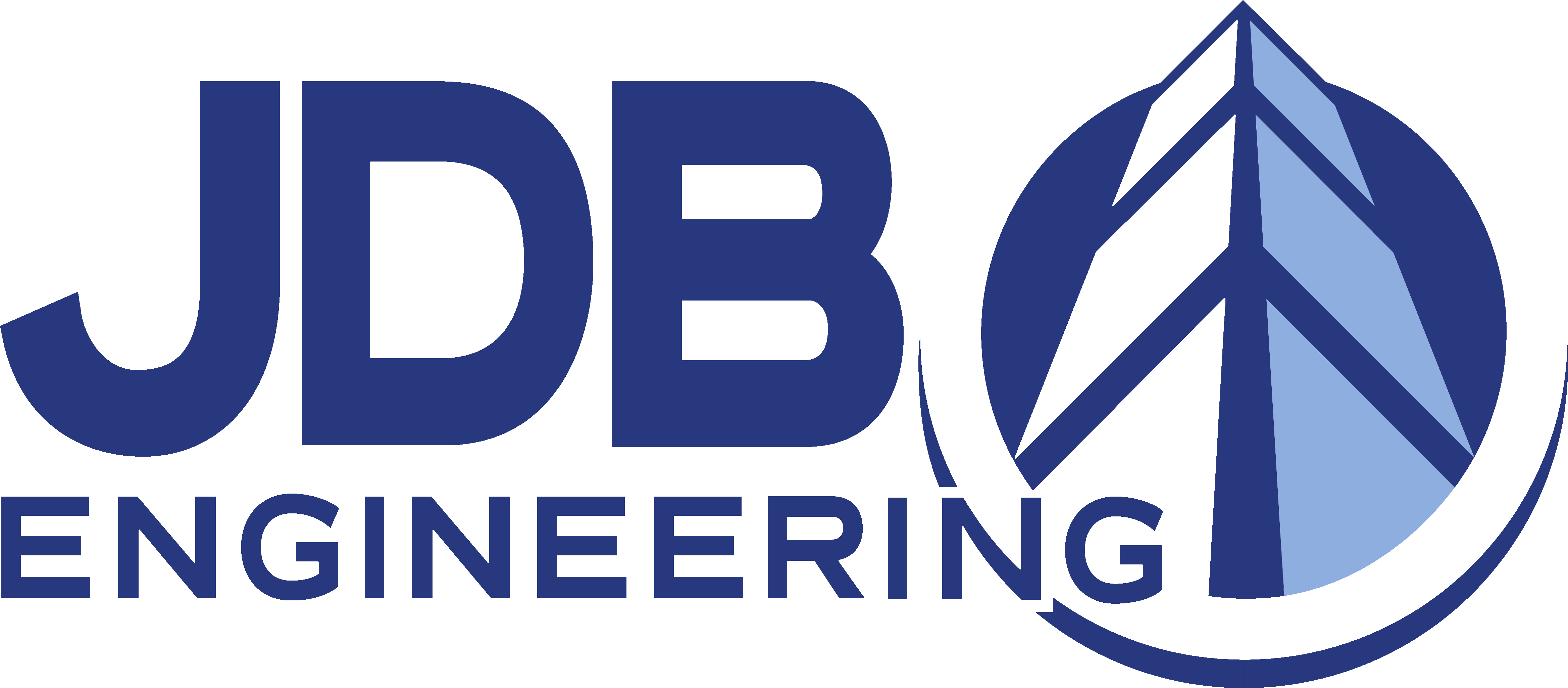By Scott D. Butcher, FSMPS, CPSM
In the last post I wrote about two of the trends impacting the AEC industry – Commoditization and Focus on Individual Team Members.
This post continues the trends series, and focuses on two more areas related to staff: the War for Talent and the so-called Era of the Employee.
War for Talent
The Great Recession may have forestalled this next trend, but it is squarely in our headlights now. Employment in some sectors of the AEC industry is down significantly, but many people have also left the business for good. Many Baby Boomers delayed retirement, but are now beginning to retire, or at least making plans to do so. And there aren’t enough students currently enrolled in architecture, engineering, and construction-related programs to offset the void that will soon be created. Plus, of those enrolled, many are international students, who plan to return to their homes abroad upon graduation.
How bad could this problem really be? In 2012, McGraw-Hill published an informative SmartMarket Report, Construction Industry Workforce Shortages. The authors found that 37% of architectural and engineering firms believe they will struggle to find enough skilled professionals (with ten or more years of experience) by 2014. General contractors share a similar concern – with a whopping 49% of those surveyed stating that they are concerned that there won’t be enough craft workers (with ten or more years of experience) within two years.
Two years! What makes this even more notable is that the architectural and construction professions have seen jobs cut by as much as 30% since the recession began – and the 2012 AIA Firm Survey found that architectural firm revenues are down 40% from 2008. So employment is down, business is down, and yet firms are fearful that there won’t be enough quality employment candidates in the coming years.
Furthermore, this talent war will be “every firm for itself.” Companies in secondary markets will compete with those in major metropolitan markets as the “back to the cities” trend continues and professionals move back to the urban cores. Design firms will compete with construction firms for the same people – and this is happening now.
I primarily work on the design side of the business, and my company has lost promising engineering hires to construction firms, and others to larger metropolitan areas.
Our story is not unique, and yet this talent war is only just beginning. How is your firm position to deal with this?
Era of the Employee
Employees have more choices than ever before. True, employment in AEC industries is down from its peak a few years ago – but there are always firms looking to hire. Many that downsized are growing again. Employee retention has to be a key strategy for any AEC firm, and the retention policies must begin with the understanding that things have changed. Employees have more power today, and they increasingly expect to be treated differently. Employee loyalty to their employers has declined, and a recent Deloitte survey found that 65% of employees across various industries are looking to switch jobs. Furthermore, only 28% of Generation X members in the workforce plan to stay in their current jobs! Why does this matter? These are the people that are moving into firm leadership positions, running projects, and helping to bring in work through their expanding network of contacts. They are also the individuals that often have the restrictive credentials mentioned in the Focus on the Team Members post.
Monster.com, LinkedIn, and other websites regularly offer a smorgasbord of jobs, so even those who aren’t planning to switch jobs are being exposed to new career opportunities almost daily.
According to a recent survey by the Corporate Executive Board, employees value other things more than money. They ranked job-interest alignment, manager quality, co-worker quality, people management, respect, and collegial work environment ahead of salary when asked what matters most. If employees don’t understand how they’re helping to making a difference, or they don’t care for their boss or colleagues, they have little incentive to stay – even if they are well paid.
We are in what is sometimes referred to (though not universally) as the Knowledge Era, which has evolved beyond the Information Age. Companies like Starbucks, Google, Microsoft, and others have led the way – just reference Google’s “Innovation Time Off” model, which allows employees to spend up to 20% of their time innovating. Do you think that Google employees feel that their work matters? Companies of all shapes and sizes are updating their work areas to be team-focused, adding lounges or employee cafés, implementing telecommuting capabilities, and allowing flexible working hours.
What is critical about this trend is that a company needs to understand what is important to its employees, and then work to have a workplace that aligns with their staff. Gone are the days when a company could afford to say “take it or leave it.” Losing even one employee can have a major impact on a company. Think about a few of your key people – not just your leaders, but also your doers. What would happen if one or two of them left the firm tomorrow? What would the immediate impact be? And what would happen if you couldn’t replace them with hires of equal caliber?
I began this post stating that these two trends relate to staff, and they absolutely do. But they have huge implications for marketing, too. When pursuing work – with new clients and even with existing clients – your firm is only as strong as the weakest member on the team. If you can’t recruit the right people, or retain the ones you have, your prospects for future work will drop dramatically because your team won’t have the “right” credentials.
Firms that thrive in the near future will have aggressive recruiting and retention programs, and will seriously reevaluate and evolve their corporate culture, benefits, policies, and even facilities to keep the employees they have and attract quality new prospects.
Is your company prepared for these two trends? Have you already experienced them firsthand?



